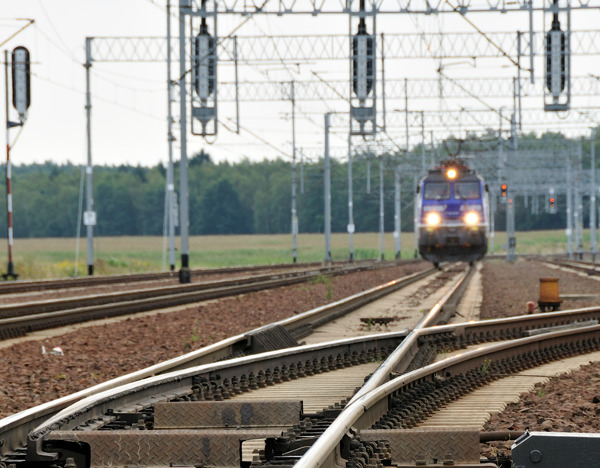Italy awards Alstom ERTMS rail signalling deal
- October 25, 2022
- William Payne

Alstom is set to modernise Italy’s national rail network after it signed a deal with Rete Ferroviaria Italiana to supply an ERTMS signalling system for central and southern Italy. ERTMS, or European Rail Transport Management System, is a set of standards to modernise rail transport throughout Europe through advanced signalling technology.
Alstom has been awarded the South-Centre lot for rail modernisation, covering around 1,400 kilometres of rail. The lot is worth around €900 million. The programme aims to increase train regularity and rail network capacity.
Alstom will provide the latest ERTMS Baseline 3 Level 2 signalling system with GSM-R, the radio system that provides voice and data communications between the track and train. The company will also provide digital interlocking ACCM, the multi-system central computer equipment. This South-Cenre lot covers 27 lines managed by RFI in the regions of Sardinia, Molise, Puglia, Umbria, Lazio, and Campania.
“With this new contract, Alstom reaffirms itself as the reference player in the railway sector in Italy. Being selected by RFI for the second time for one of the key projects of the Italian National Recovery and Resilience Plan is a source of immense pride for Alstom. It also demonstrates Alstom’s commitment to providing Italy with innovative technology aimed at improving the country’s rail infrastructure and providing smart and sustainable mobility solutions that will benefit its passengers,” explained Gian Luca Erbacci, Europe Region President at Alstom.
The “South-Centre” lot is part of a 2.7-billion-euro tender, launched by RFI for the implementation of ERTMS throughout the country. It represents the final portion of the technical projects to be financed within the framework of the NRRP and will transform a total of approximately 4,800 kilometres of railway lines.
ERTMS is designed to ensure interoperability of European national railway systems, reducing the purchase and maintenance costs of signalling systems, as well as increasing the trains regularity and capacity of networks.





